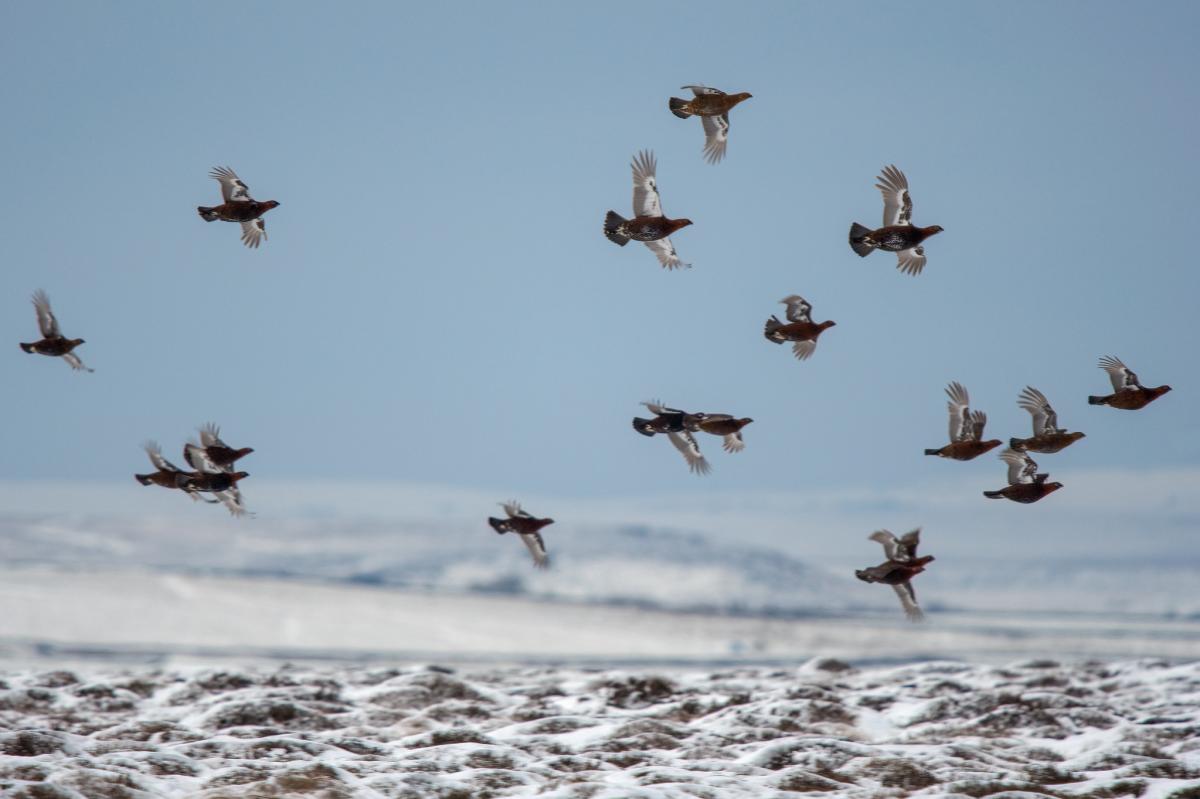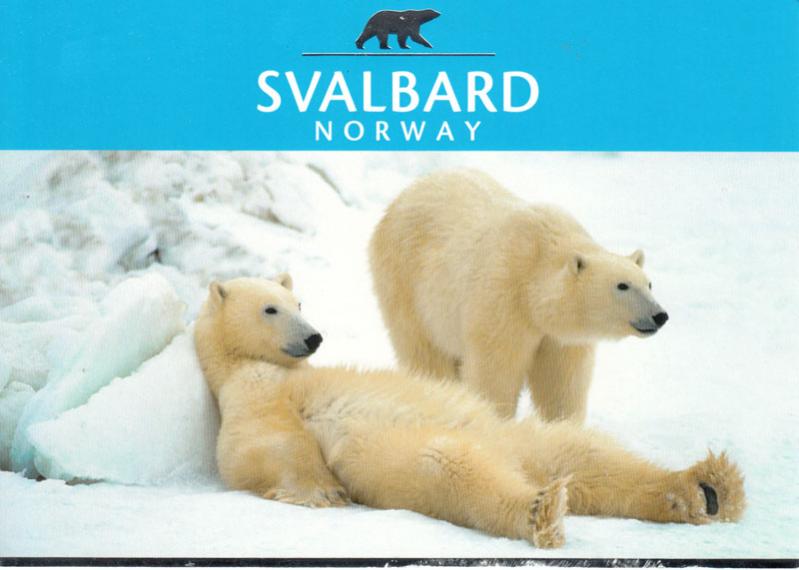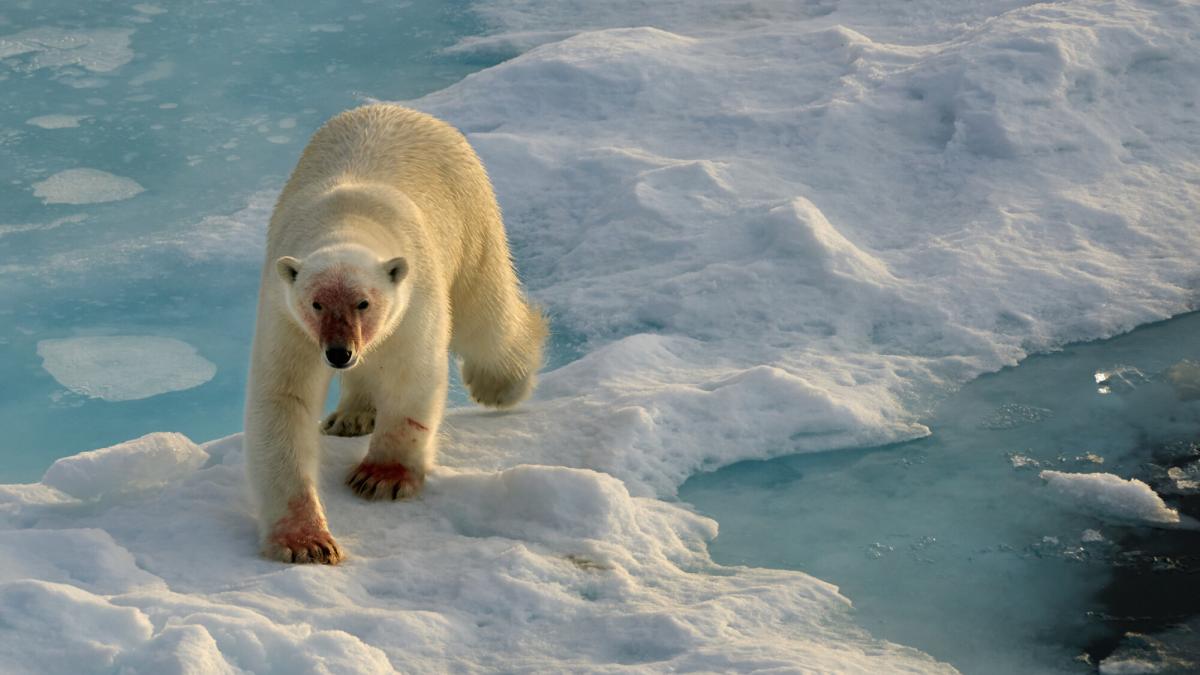JW2T Team will be active from Svalbard, IOTA EU – 026, 24 – 26 January 2025.
Team – LB0VG, LB5SH.
Recent DX Spots JW/LB0VG
Recent DX Spots JW2T
They will operate on HF Bands.
Digi modes they will be active as JW/LB0VG.
QSL for JW2T via EA5GL.
QSL for JW/LB0VG via LOTW no paper QSL.
Previous activity:
Stian, JW/LB5SH will be active from Longyearbyen, Svalbard, IOTA EU – 026, starting 25 March 2021.
He will operate on HF Bands SSB, FT8, including activity in CQ WW WPX SSB Contest, 27 – 28 March 2021, as JW2T.
QSL via LOTW, ClubLog or via EA5GL.
Ads for direct QSL:
PEDRO MIGUEL RONDA MONSELL, MAXIMILIANO THOUS 16-24, E-46009, VALENCIA, Spain.
Stian will operate from JW5E Club Station.
Svalbard
Spitsbergen is a polar archipelago in the Arctic Ocean. Russia uses the name given to the archipelago in the 16th century by Dutch navigator Willem Barents, but international documents use the Norwegian name Svalbard, which translates as “cold edge”.
The archipelago, with a total area of 621 square kilometers, includes 3 large islands, as well as 7 smaller islands and many small islets and skerries. The population of Spitsbergen is about 3 thousand people.
 Svalbard. Author – Tim Melling.
Svalbard. Author – Tim Melling.
Legal status
The archipelago is a territory of Norway and has a special status. In accordance with the Svalbard Treaty signed in 1920, all states that joined the treaty and recognized the sovereignty of the Kingdom of Norway over the territory can carry out scientific and economic activities on the islands. To date, 39 countries, including Russia, are parties to the agreement.
In accordance with the Svalbard Treaty, the islands and coastal waters have the status of a tax-free and demilitarized zone. Unlike mainland Norway, which is a party to the Schengen Agreement, the territory of the archipelago has a visa-free regime – citizens of all countries that signed the Spitsbergen Treaty can live and work on the islands.
The head of the executive power of Svalbard is the governor, who is directly subordinate to the Norwegian Ministry of Justice, but can fulfill the orders of other agencies as well.
Nature
Svalbard is one of the warmest regions in the Arctic. Thanks to the Gulf Stream current, the islands enjoy a mild climate, and in summer the air warms up to 15-20 °C.
More than half of the archipelago is covered with glaciers, and the coasts of the islands are cut by fjords. Svalbard has 7 national parks, 3 nature reserves and 3 wildlife sanctuaries.
The islands are home to dwarf birch trees and polar willows, as well as other tundra vegetation. The animal world of Spitsbergen is represented only by polar bear, polar fox and reindeer. Attempts to create a population of sheep and polar hares imported from Greenland have failed. However, in ancient times the fauna of Spitsbergen was characterized by great diversity. Several years ago a paleontological expedition discovered Pliosaurus funkei – one of the largest pliosaurs, whose body length reached 10-13 meters.
The archipelago is rich in mineral resources – deposits of high-quality coal have been found on the islands. In some places coal seams come to the surface of the earth.
A unique feature of the archipelago is minimal biological activity – the soil and air of Spitsbergen are characterized by low content of dust, parasites and microbes. Thanks to this, organic matter, as well as buildings and structures are well preserved – long abandoned objects look as if they were left by people only yesterday.
The polar archipelago is located in a zone with high seismicity, so earthquakes are possible on Spitsbergen. Seismologists, who have recorded tremors of 4-5 magnitude, do not rule out more powerful earthquakes.
 Svalbard.
Svalbard.
Settlements
Today there are 3 settlements on the territory of the archipelago: Norwegian Longyear and Sveagruva and Russian Barentsburg. Longyear has the status of the capital of Spitsbergen and the largest settlement, its population is about 2 thousand people. The Russian Barentsburg has a permanent population of about 500 people. There are also 3 abandoned Soviet settlements on the islands: Pyramid, Grumant, Kolsbey and operating research stations where scientists from Norway, China and Poland work.
History of Svalbard
The archipelago was first mentioned in the Icelandic Annals – chronicles of Norwegian history recorded at the end of the 13th century, where it is stated that Svalbard was found in 1194. However, the islands were documented only 4 centuries later – in 1596 Dutchman Willem Barents discovered the archipelago and gave the largest piece of land the name Spitsbergen (sharp mountains).
In the coastal waters navigators noticed a lot of marine animals – walruses and whales, which was the beginning of numerous fishing expeditions. In the XVII-XVIII centuries, the polar archipelago became the center of European whaling, which led to the almost complete extermination of whales in the region.
In the middle of the XVIII century, four Russian fur trappers landed on one of the small islands of Svalbard and their ship got stuck in the ice. Without any food or equipment, three of the four fur trappers managed to survive. Hunting and fishing for fur-bearing animals, the zookeepers lived on the island for 6 years until they were rescued by a merchant ship passing by the island.
Despite numerous expeditions, permanent settlements on Spitsbergen appeared only at the beginning of the last century, when coal mining was organized on the islands by American, British, Norwegian, Swedish and Russian companies.
 Svalbard. Author – Stephane Wettstein.
Svalbard. Author – Stephane Wettstein.
Svalbard today: changing economic vector
While coal mining used to be the mainstay of Svalbard’s economy, today the archipelago’s main income comes from Arctic tourism. Hotels, bars, restaurants, souvenir shops are built for travelers. Near the village of Longyear there is a cruise port, as well as an airport, and in the village itself there is a hotel Radisson – one of the most famous hotel chains in the world.
Tourists are offered a variety of excursions involving visits to walrus rookeries, “bird markets”, glacier climbing, dog sledding and snowmobiling. The most intrepid tourists can go on hiking tours for several days.
No one is born and no one dies: interesting facts about Svalbard
Life on Svalbard has its own peculiarities. Due to the minimal biological activity that prevents decomposition of organic matter, there are no active cemeteries on the islands. The seriously ill and women in the last months of pregnancy are sent to the mainland.
The archipelago’s authorities are also taking measures aimed at curbing alcoholism among local residents. Given the difficult weather conditions and boredom, which can lead to an increase in alcohol consumption, restrictions on the sale of alcoholic beverages have been introduced in Svalbard. Despite the fact that due to the tax-free status of the archipelago, alcohol is cheaper on the islands than on the mainland, it is quite problematic to buy alcohol. The number of bars that sell alcohol, as well as stores selling alcohol, is minimized. In addition, there are limits on the amount of alcohol per person. For example, in Barentsburg each person has the right to buy no more than 1 liter of strong alcoholic beverages per month.
There is practically no road network on Svalbard. In summer the main means of transportation is a boat, and in winter – a snowmobile.
There is a high probability of encountering a polar bear on Svalbard, as the animal population significantly outnumbers the population. Considering that the wild bear is an aggressive and dangerous animal, weapons can be carried everywhere on the archipelago, which can be purchased or rented right on the island. Hotels and restaurants in Svalbard have special lockers for storing hunting rifles.
Tourists going on trekking tours are required to carry a gun for protection against polar bears. A few years ago there was a case when a tourist from Ukraine went trekking unarmed and met Norwegians on his way, who, returning to the village, reported him to the authorities. It did not take long for the authorities to react – the offender was forcibly brought to the village by helicopter.
JW/LB0VG JW2T. Where is Svalbard located. Map.
JW2T JW/LB0VG Svalbard. Sunrise 01-25-2025 at GMT sunset at GMT
 Organisasi Amatir Radio Indonesia Daerah Sulawesi Barat
Organisasi Amatir Radio Indonesia Daerah Sulawesi Barat
